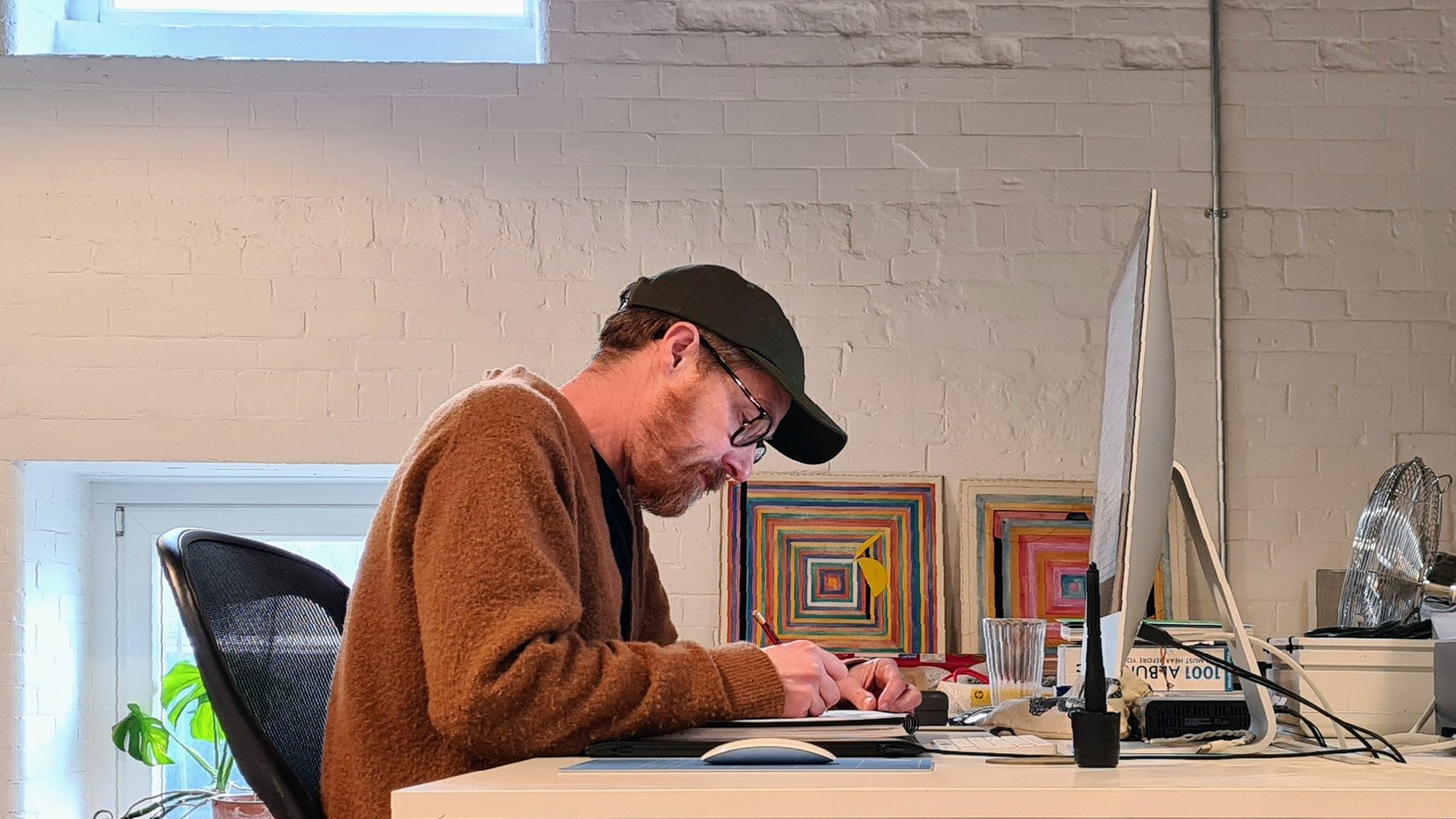
Ben the Illustrator, aka Ben O'Brien, has an unmistakable style, and his colourful vector illustrations have graced everything from Twitter Flashtags to campaigns for The Old Vic and Girl Scouts USA.
He's also living proof that experiments and side projects can become bona-fide income streams. As well as his usual practice, he works under the moniker Ben Draws, using a line art style that began as an experiment. Like many of us, he started a new project during lockdown – Cover Versions, saw him create a new take on classic album sleeves. But unlike many of us, that project kept going – you can still buy these covers today, and if your favourite's not available, you can request it.
"Illustration can be a really great career," said O'Brien, when we caught up with him recently. "It has its ups and downs, but for me having something that balances perfectly between fine art and graphic design, an image that serves a function, really speaks to me." Below, O'Brien explains how he balances life and work, how he ended up working with Elton John and why networking with other illustrators sometimes just isn't enough.
For more in this Day in the life series, see our interviews with Emily Sneddon from COLLINS and Johanna Drewe from Output.
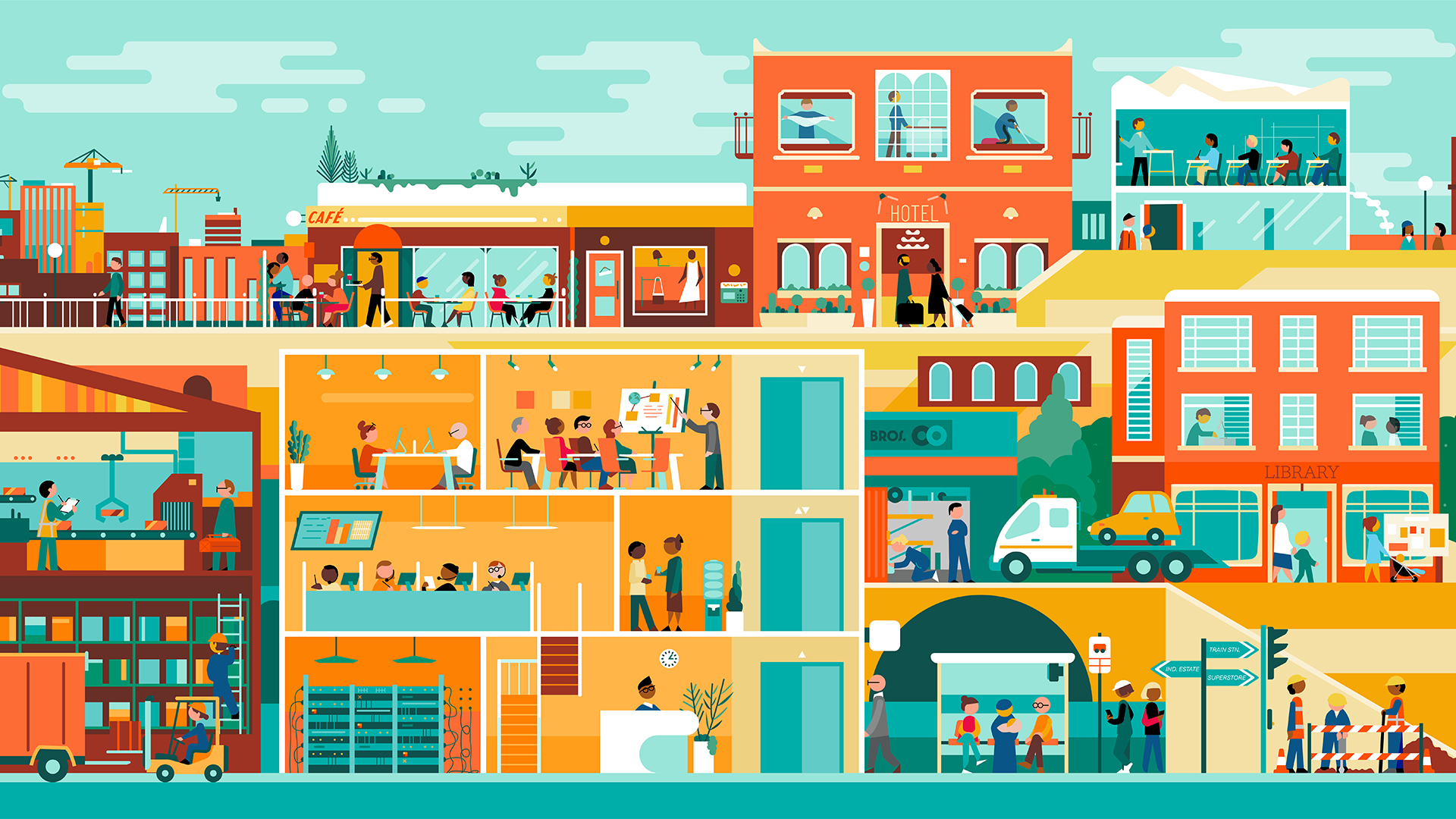
Tell me about a typical day as an illustrator
For me personally, no day is the same, some days are thinking days, some are admin days, when I’m lucky a day is an illustration day! If there is any routine it starts with going to my studio earlyish, 8am, and firstly I’ll do any required emails and plan out key tasks for the day in my To Do list (I live by Google Notes!).
After an hour or so I’ll make a pot of coffee and get into whatever is the most important task for the morning, whether it’s sketching out roughs or vectoring in Illustrator. I have never switched over to drawing on a tablet, so my sketches are still on paper, which I’ll then scan and clean- up in Photoshop, this is one of my favourite processes, getting a sketch clean and clear for the client.
Working in Adobe Illustrator is perhaps 80% of my life, I have always loved it, it’s a very meditative process, just being present and focusing on that one ongoing task. I’ll create the entire illustration as lifework before moving on to colours, effects etc. I often drop concentration after around two hours, so I might pop outside for some air, or look over my emails and messages for 20 minutes or so, then back into illustrating for another two hours, until lunch.
I have always found that I have a lull in my energy around and after lunch, I don’t think at my best, I don’t enjoy the screen time. So I usually break for perhaps three hours, I’ll walk home for lunch (I live five minutes from my studio), music in my ears, have something to eat and maybe a cup of tea. I also often have to pick my wife up from her work at lunchtime, maybe walk the dog, get some laundry done, anything goes. I find myself in a far better mindset to do domestic chores, or something fun, or relaxing, rather than working at half-power.
This three or four hour break in the middle of the day really is me exercising my right to be my own boss, to structure the day how I want to and work in the best, most efficient way possible. By 4pm I’ll be back at my desk and working again, through until perhaps 6pm, or 7pm if I’m working on something fun and don’t have any family commitments. Towards the end of the day, the studio (and often the whole building) is empty and I can crank up some music and enjoy finishing with creative work, it guarantees that I feel fulfilled and satisfied with the day’s work.
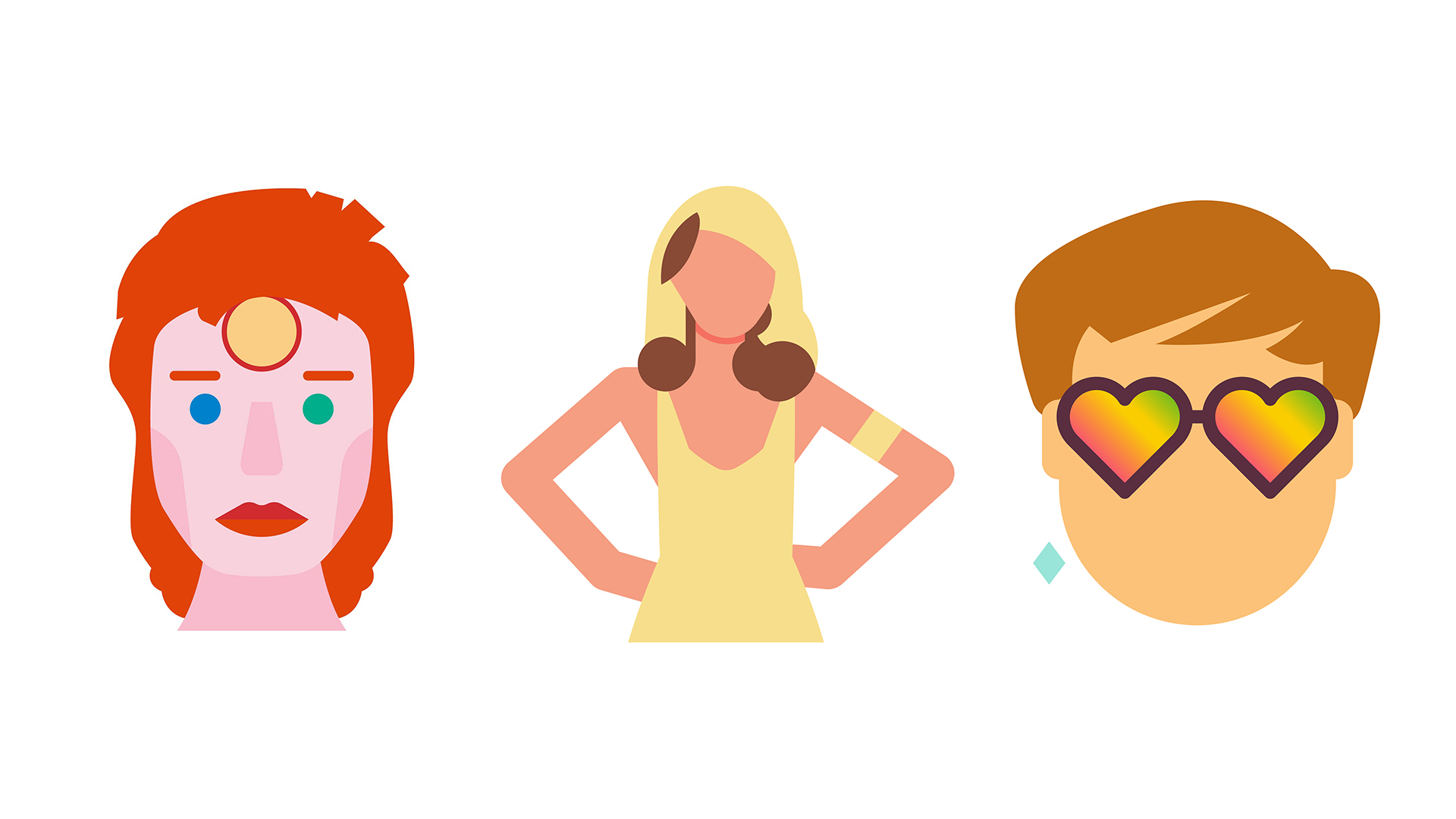
Which project are you most proud of?
It’s not actually my main output, but over the last few years I had some great opportunities to illustrate official emojis for Twitter (not strictly emojis but actually Flashtags, the little emojis that get attached to current, newsworthy hashtags). The first one I did was Elton John, to promote the release of his autobiography, which meant designing an assortment of Tiny Eltons which then went to Elton’s team and were developed until we had a final design to be signed off by David Furnish on behalf of Elton himself. I then went on to create emoji versions of Mariah Carey (also for her autobiography release) and a selection of music icons for Tim Burgess’ Twitter Listening Parties.
I’ve designed official emojis for David Bowie (working with his estate to celebrate 50 years of Ziggy Stardust), Blondie (for Debbie Harry and Chris Stein) and The Cure. I’m so proud of this work, firstly the design challenge of making such a perfect tiny illustration, conquering that is a real buzz and then seeing it enjoyed across socials. Also, I’ve been able to work with some of my favourite artists, actual icons!

How do you approach a new brief?
My briefs seem to vary so much from a few sentences in an email (for example a small editorial piece) to 10 page PDF documents with style guides and a wealth of requirements. But however the brief lands, I will always read it through twice, firstly straight through and secondly while making notes, any thoughts or questions for the client.
Often a client will also want a kick-off meeting (usually a Zoom call) just to check we’re all on the same page. I get nervous about so many video calls but it always helps to get any questions or unclear aspects of the brief sorted out on day one. With the brief clear, often an idea will be forming already. I might brainstorm it, research, sketch out rough ideas; or if the idea wasn’t instant (and the schedule allows it!) I’ll sleep on it, think it over while I’m doing other tasks or walking the dog.
I try to trust myself that an idea will come, pressure doesn’t help your mind flow, so worrying would be a downward spiral. I’m not a strong believer in creative block, I think it’s all 'in there' – a life of experiences and visuals and different inspirations, you just need to allow your mind to combine something together and a new idea is formed! With any ideas or concepts in place I’ll usually draw everything out and share it with the client, bingo!

Tell me about a tricky work-related challenge
For me the biggest challenge has always been about maintaining my career, to just keep going with enough work, I always feel that my greatest achievement is the fact that I’ve survived (now 24 years) freelancing in the creative industry. It’s always been a rollercoaster, I’ve never had a year that was just constant work and income, only ups and downs. So this challenge, I’ve always approached it in the same way, by having a handful of revenue streams, aspects of my business that can provide an income.
I consider myself to have an illustration practice that incorporates three or four areas at any one time, when one is down – a drought in my freelance work – I can flex myself with an online print store (especially around Christmas time for example). Having a few manageable strings to my bow really suits me and how I work, I like to try new things, but at the same time will always love just being 'Ben the Illustrator' and providing that graphic illustration service to clients.
I currently work in two different illustration styles, my usual colourful vector work, but also a hand-drawn line art style which I have been playing with for a couple of years now. I also have an art print store selling graphic tributes to album covers called Cover Versions, this was a lockdown project that because a legit part of my business (and my income).

What advice would you give a budding illustrator who wants to gain more work?
People need to know you exist, the right people, it’s all very well connecting with illustrators on socials, but they don’t commission work. It’s lovely to be known for great creative work amongst your friends, family, fellow students etc, but that circle may not be able to further your way in the industry itself.
Whether you have a solid, defined portfolio that you need to tell people about, or a genius marketing campaign to get yourself seen, you simply need to get your work in-front of potential clients, they need to remember you, your illustration style, your whole vibe and more than anything they need to be excited by it and think it’s right for their brand.
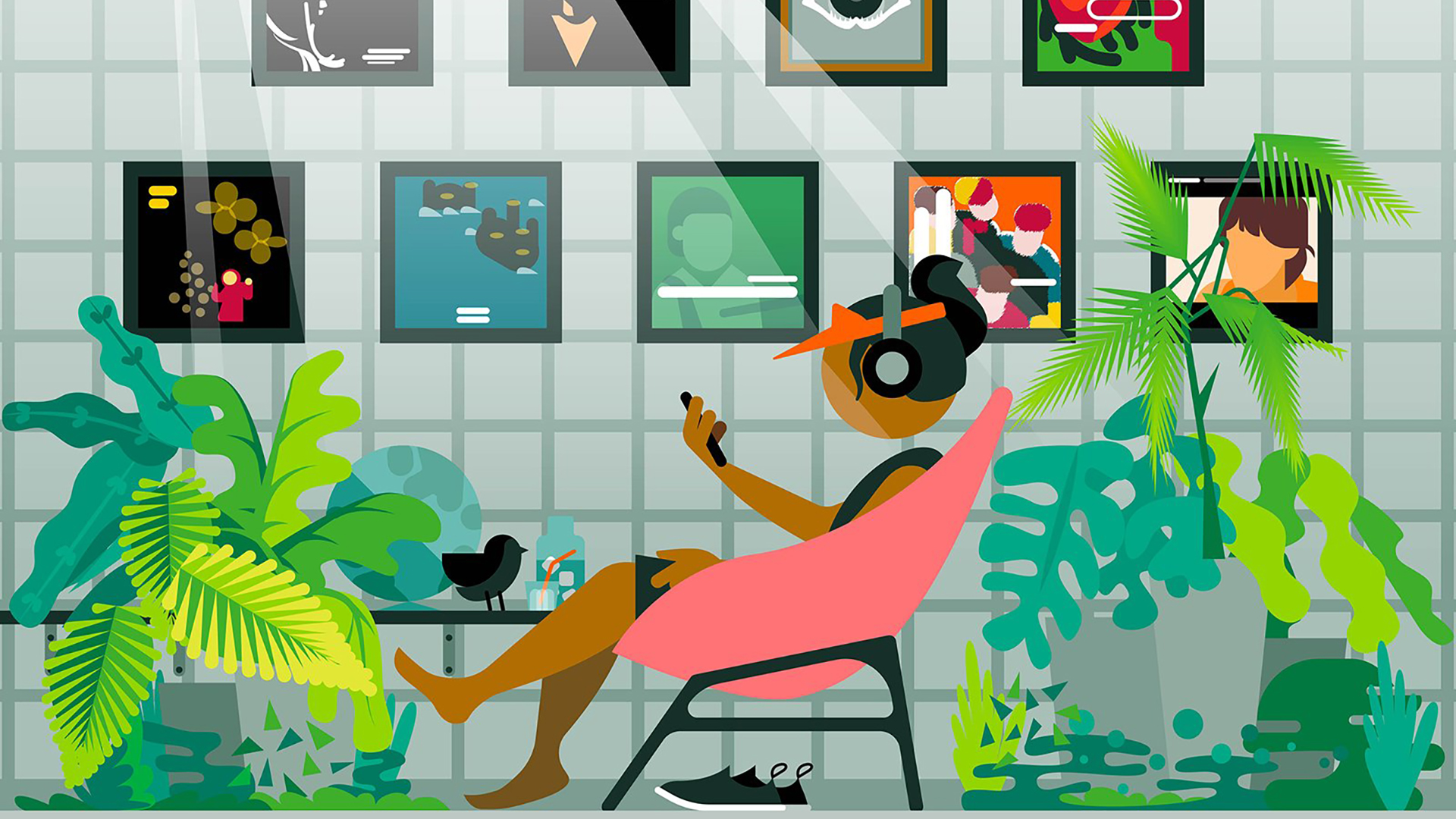
How can illustrators grow their following?
Social media has been a strange place recently, and the use of social platforms understandably changes by generation, but I do think the same principles stand. Firstly be yourself, show your personality, if you’re a deep thinker and fascinated by archaeology, show that, if you love making people laugh, show that, if you’re environmentally conscious, show that. You’re always going to want to work with clients that align with your beliefs or personality traits, so be you.
Remember that anyone can be watching at any time, don’t offend, don’t come across as lazy, don’t be aggressive or narrow-minded, no clients want to work alongside someone difficult! I don’t believe in the ideas of having to churn out content, especially if you’re an illustrator who takes time over meticulous detail, but do create work and share it, if you’ve got some downtime, work on something to keep your socials alive, or show yourself in a new way. Your online presence is two-way, it’s not just about us showing off; communicate with people, praise people, listen to others, invite conversation.
Finally, get offline, I’ve seen illustrators get too hooked on socials, feeling they have to be available and seen 24/7, but no one would notice if you took a day off.
How can illustrators ensure their ideas and output stay fresh?
Keep feeding your brain, new places, books films, experiences, architecture, activities, whatever it is, if you’re out and about, absorbing culture or nature or real life, then you’re equipping yourself with all the ingredients for ideas in the future.
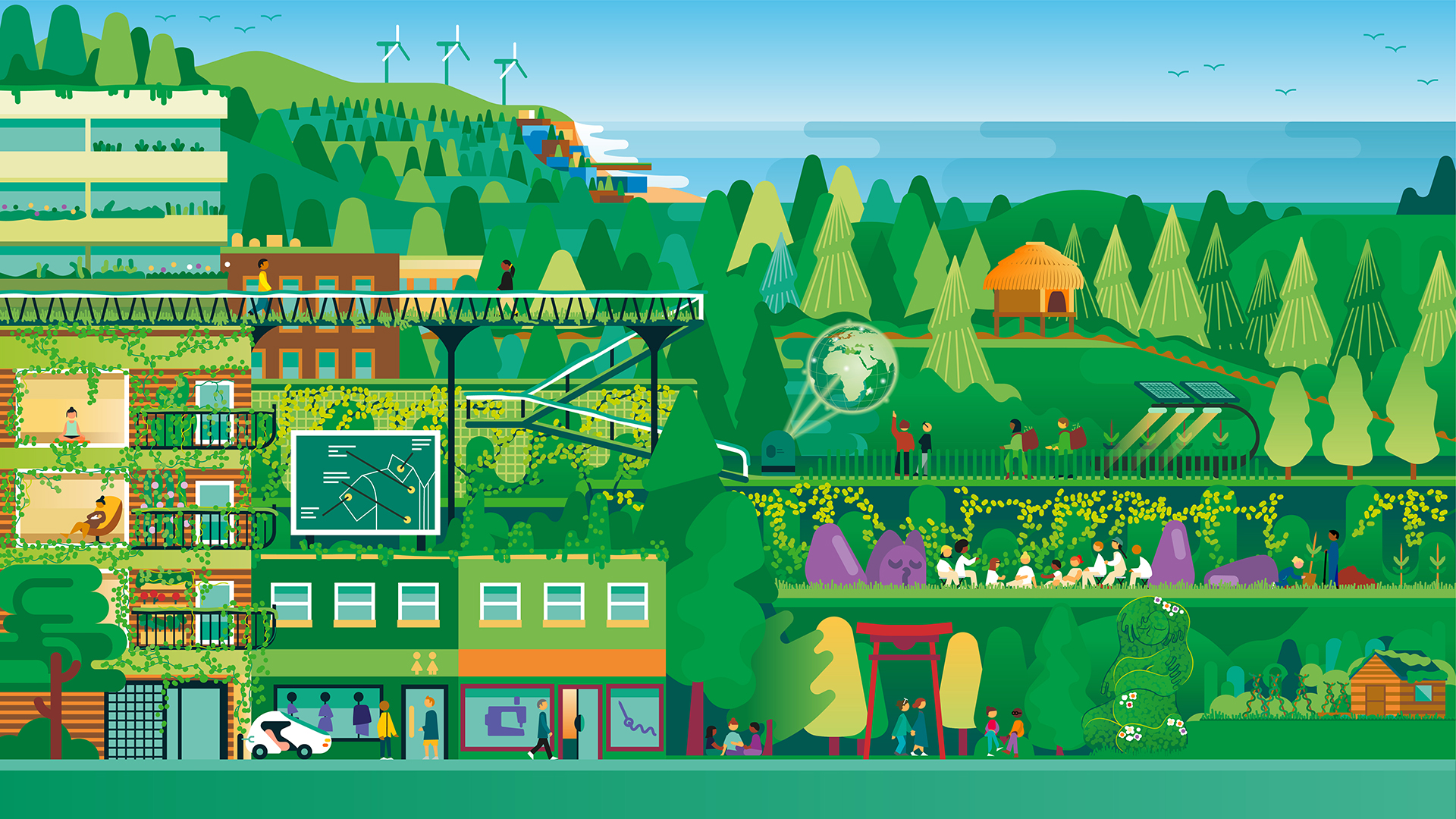
Do you think every illustrator needs to have a specific style?
It really depends on where you are in your career, at first you need to experiment to find any style, and to learn techniques, or develop skills. It’s always good to have a thread that runs through all your work, something to be remembered by, but that’s not to say you can’t evolve and develop as you grow in an illustration career.
It is easier to sell yourself if you have a succinct portfolio, with a style that runs throughout, but you need some flexibility in what you can illustrate, you may have a style that works great for dogs, but can you also illustrate people? Cars? Landscapes? Fairies? Sausages? I have evolved over the years, and occasionally I’ve flipped the table entirely and tried completely new styles, sometimes it works, sometimes it doesn’t, sometimes it brings a new lilt to your current portfolio style.
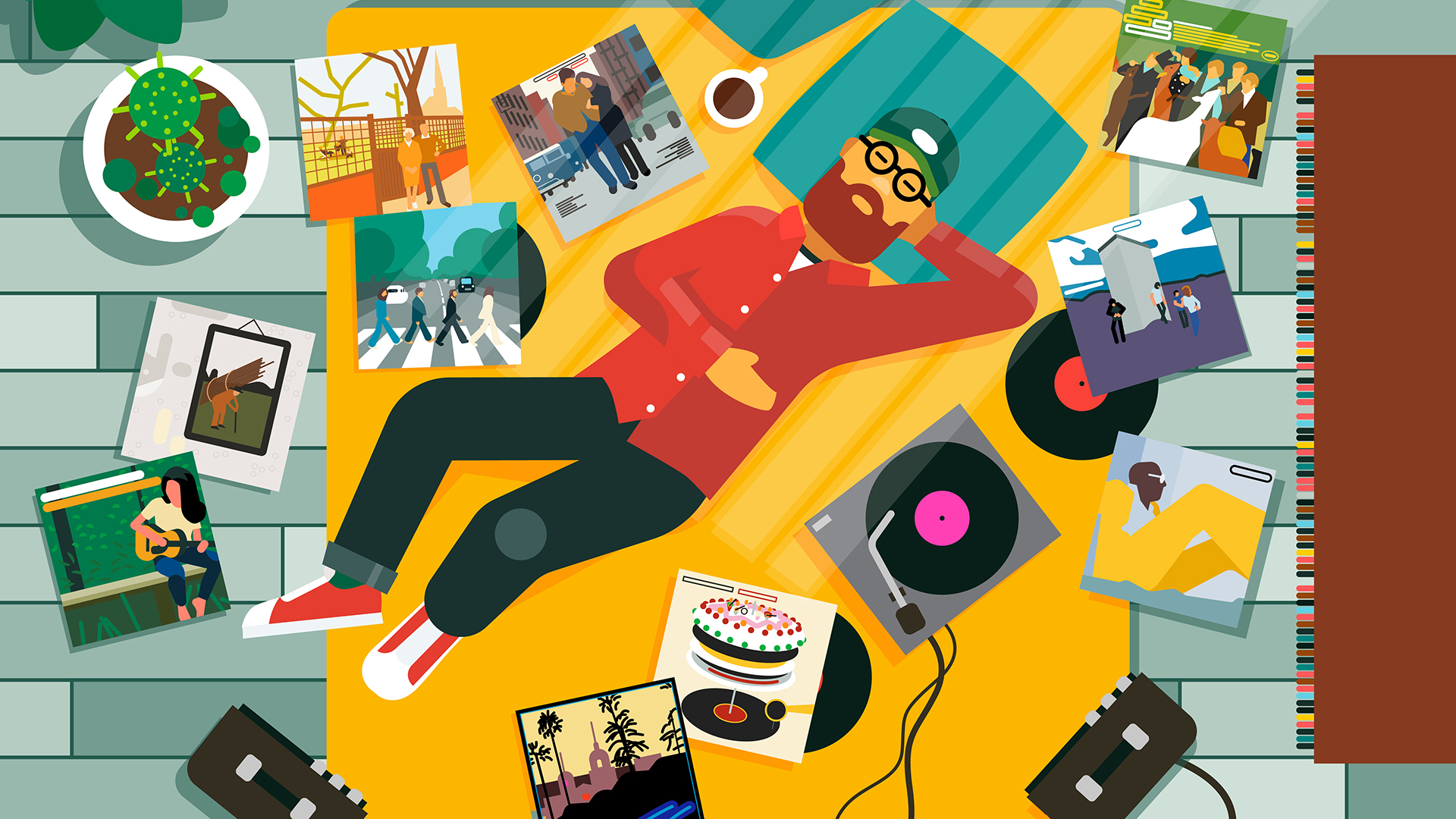
What tips would you give someone who wants to get a commission with a high-profile brand
Work your way up; global agencies or top-level design studios need illustrators who are equipped with all the industry experience and client understanding that they have. If your aim is to work with a worldwide sportswear brand, then approach a local independent brand, or even produce your own t-shirts, build up an understanding of fashion, retail, print processes etc, make contacts on your way, develop your ideas until you’re so perfect that they just can’t turn you down.
Be worth it; a high-profile brand should have a high-profile budget, make sure they’re getting their money’s worth. Spend time over your ideas, try different colour combinations, brainstorm with their creative team, make sure you produce the best work you’ve ever produced be professional and efficient, be a joy to work with, deliver everything they ask for.
Do your research; It’s not difficult to get the name of a creative director on LinkedIn, or find out how the company structures their email addresses, make sure you contact the right person. Make sure your portfolio is going to appeal to them, if you want to work alongside an environmental body, then they don’t want to see that you do a nice line in gas guzzlers! Look at their recent output and if you get in touch compliment them on their recent campaigns or products, flatter them, and use it as a way to open the conversation about you working on their next big project!
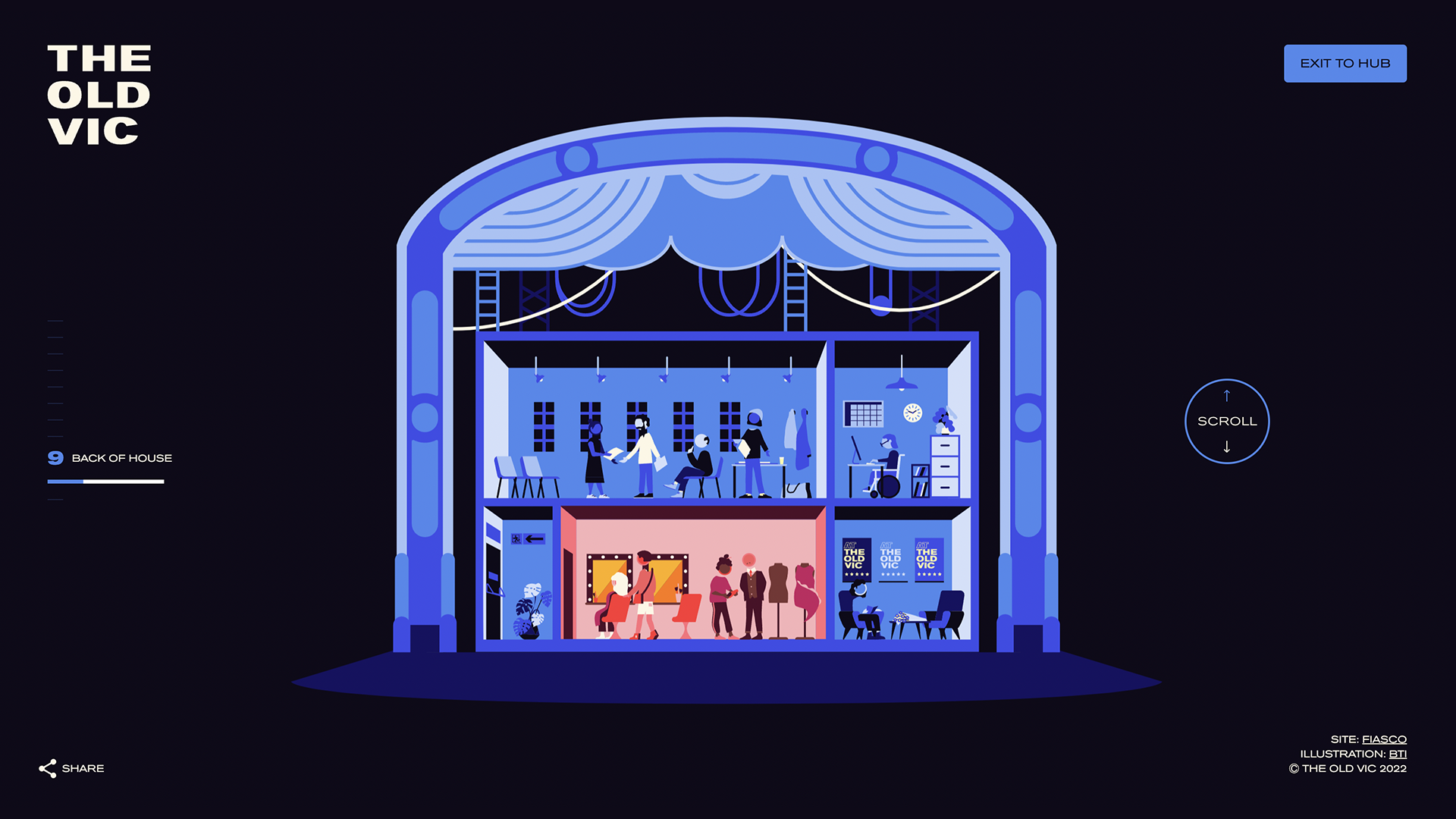
Who's your dream client?
Twenty years ago I had a mighty list of dream clients, I would envisage ticking each one off the list and every project being a dream come true. However, not all dream clients are a dream to work with, and sometimes the client you least expect might come along with a project that succumbs all expectations!
Perhaps one of my favourite projects last year was working with The Old Vic theatre in London (working with Bristol-based Fiasco Design), and yet I have never set an aim to work with a theatre! If I don’t have a dream client, I do have a dream project, I would love to have a van, travel the world with my family and illustrate cafes as we go, to then be published in a beautiful book!
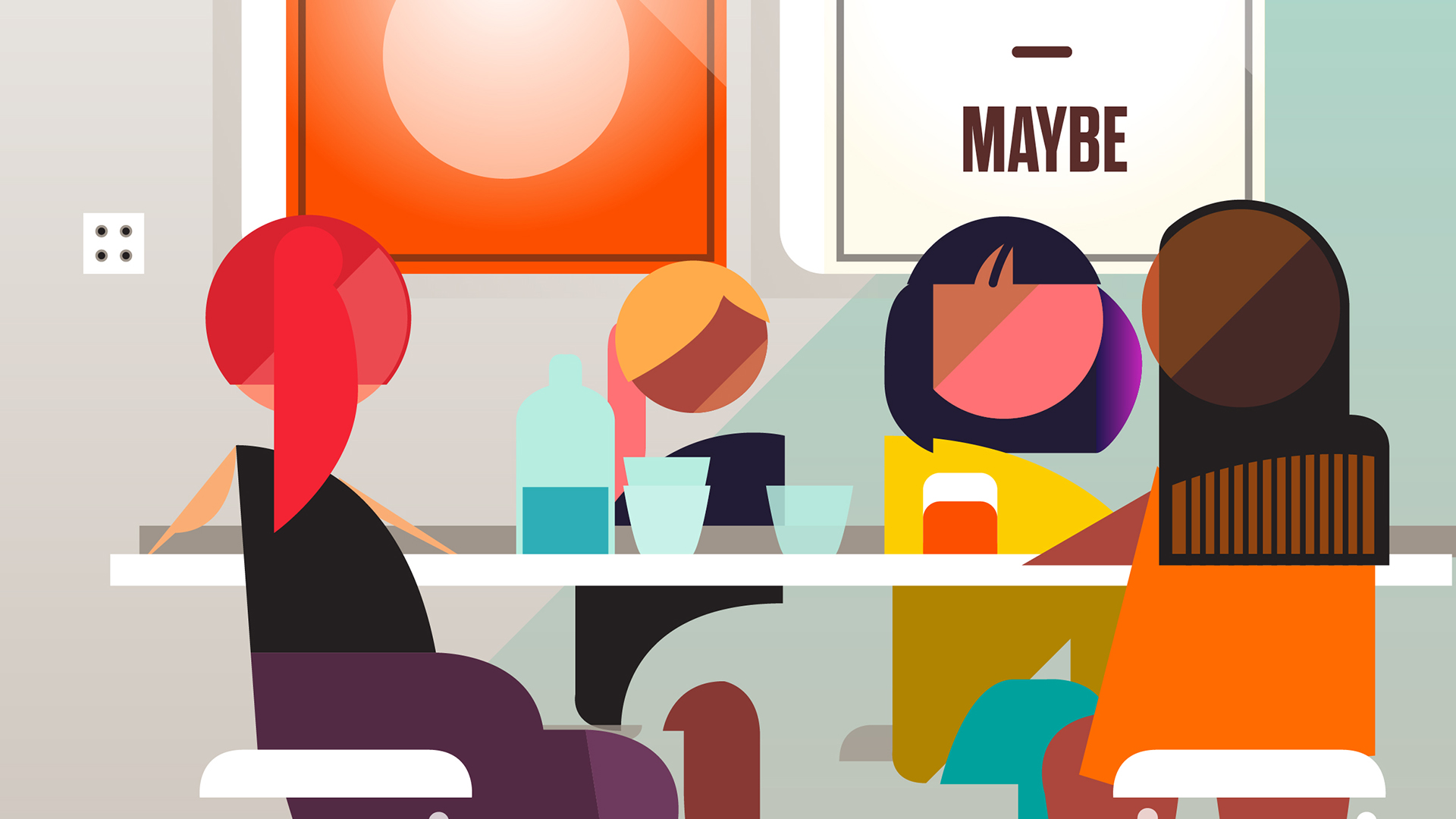
What career advice would you give your younger self?
Slow down, Ben! I started working in animation, wanting to work in music videos, and so I went straight in trying to direct music videos, sharing my showreel etc, stubbornly independent! I made my way to an extent, starting off with lo-fi, DIY videos and working my way up, I loved the renegade nature of it, but it wasn’t the best way to build a business.
I could have started a lot better by working with others, learning from those who know, learn about the industry with a regular wage. As it happened I burnt myself out working in animation, trying to do everything. When I moved into illustration I had a far better head on my shoulders and understood the value of collaboration and learning from others.
To find out more about Ben the Illustrator's work, see his website.







